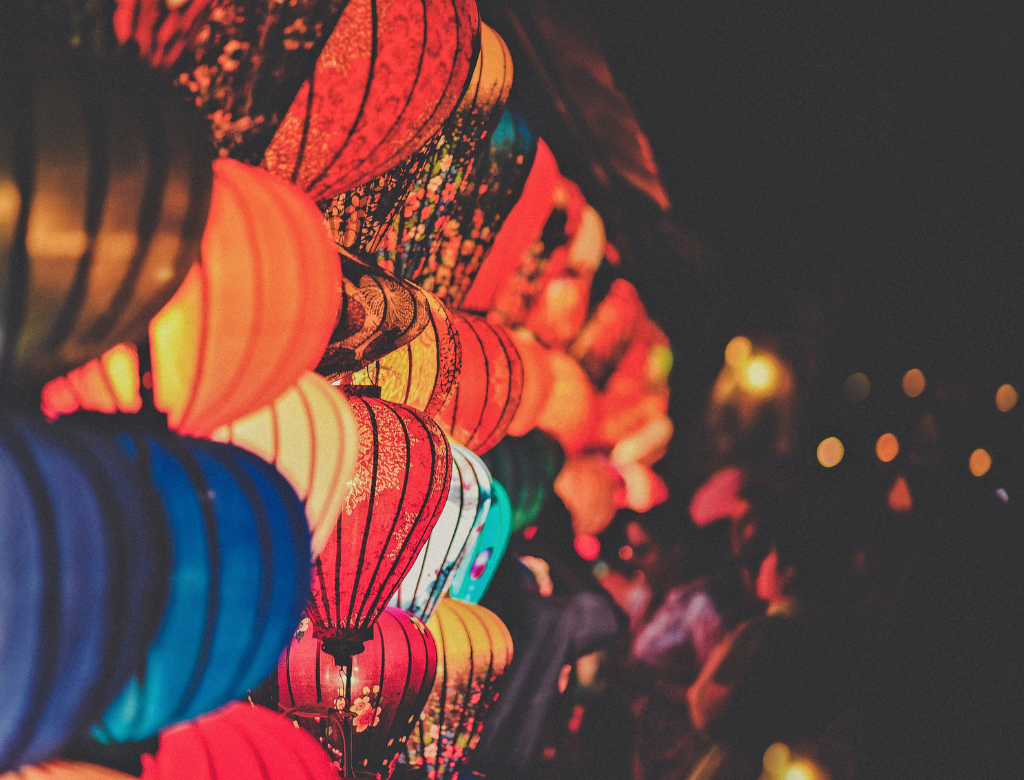Symbols and Meanings in Japanese Festivals
Symbols and Meanings in Japanese Festivals
Japanese festivals are rich with symbols like Mikoshi (portable shrines), Dashis (floats), and fireworks, each holding deep meanings and history beyond mere decoration or entertainment. This article delves into the significance and history of these festival symbols.
Mikoshi (Portable Shrines)
Mikoshi are sacred vehicles used to transport deities temporarily. Traditionally, they are believed to bring divine power to the community as they travel through the area. Carrying a Mikoshi symbolizes community unity and offers a sacred experience to participants, reflecting their connection with the divine.
Dashis (Floats)
Dashis are ornate carts paraded through the streets during festivals, representing local history and legends. Adorned with intricate carvings and paintings, they enhance the festival's narrative and artistic aspects, symbolizing the region's culture and traditions. Each Dashi reflects the unique characteristics of its area, playing a crucial role in conveying local history and culture.
Fireworks
Fireworks, marking the climax of festivals, originally served as a ritual to ward off evil spirits. Today, they are used to enhance the beauty and excitement of festivals, creating spectacular scenes in the summer night sky. Fireworks signify the end of the festival, leaving participants with memorable and emotional experiences.
Understanding these symbols enriches the festival experience and deepens appreciation for Japan's cultural heritage, illustrating the profound depth and historical background of Japanese festivals.






Comments
Post a Comment